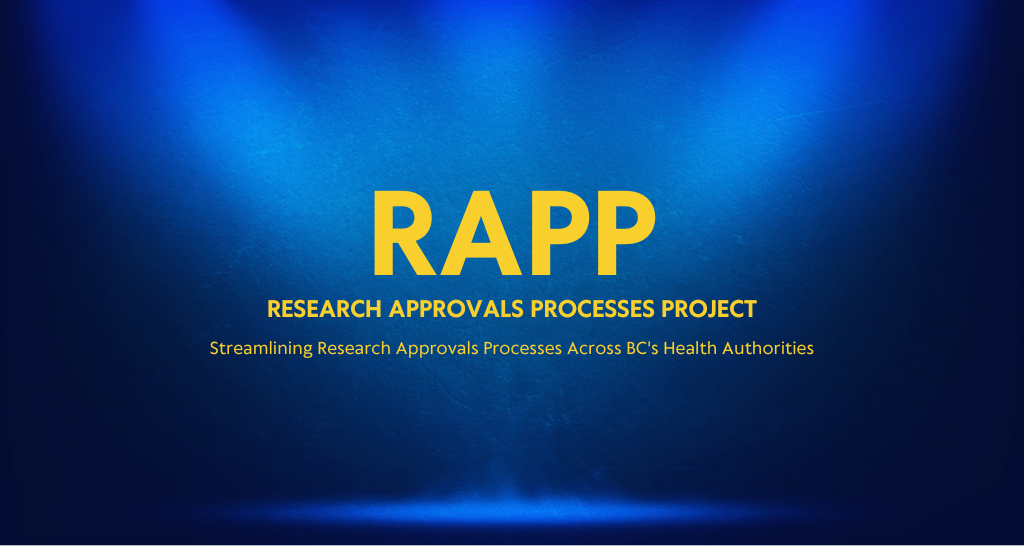Regulatory update: Spring 2023
14 April 2023

Clinical Trials BC Chronicle Spring 2023 – by Jean Smart, regulatory affairs & quality officer, Clinical Trials BC
The US Federal Drug Administration released a new draft document titled ‘Electronic Systems, Electronic Records, and Electronic Signatures in Clinical Investigations: Questions and Answers” on March 12, 2023. This is an impactful draft document globally.
This newer draft extrapolates on the earlier recommendations of the FDA’s 2003 Guidance on Electronic Records and Signatures found under CFR Part 11. The topics addressed in the new draft document have been updated to account for vast technological advances which are mentioned in sections A to E.
The 2023 draft guidance is formatted in a readable format that includes twenty-eight questions and answers which are grouped into five sections. There are two new sections on digital technology (DHT) and a major highlight on electronic signature.
Here is a brief overview of the new draft with some impact highlights:
Section A: Electronic records
This first section covers electronic records used in clinical investigations that fall under the scope of US CFR Part 11 requirements. Notable content includes:
1)application to electronic records from real-world data sources submitted to FDA as part of a marketing application, even if FDA regulations do not specifically identify such records
2)clarification that Part 11 applies to electronically formatted records from clinical investigations with non-U.S. sites
3)redefinition of the requirements for certified copies of electronic records
Canadian sites should continue to refer to the Canada Standards Board (CGSB), Electronic Records as Documentary Evidence, for the Canadian definition of a certified or true copy with its context, content and structure requirements.
Section B: Electronic systems owned or controlled by sponsors or other regulated entities
This section is expansive on the recommendations for electronic systems with a risk-based approach. Such systems include electronic case report forms (eCRFs), electronic data capture (EDC) systems, electronic trial master files (eTMFs), electronic clinical data and trial management systems (eCDMS, eCTMS), interactive response technology (IRT) systems and electronic IRB management systems.
Section C: Information technology service providers and services
The section on IT explores considerations for determining the suitability of information technology service providers and services. The new Draft Guidance describes three types of IT services routinely provided for sponsors: data hosting, cloud computing software, and platform and infrastructure services with detailed recommendations pertaining to written service level agreements with IT service providers (part of the QMS, and vendor qualification and surveillance).
Section D: Digital health technologies
The fourth section introduces the use of digital health technologies (DHTs) for remote data acquisition from participants in clinical investigations that are evaluating medical products. Mobile technologies included mobile platforms, mobile applications, wearable biosensors, other remote sensors, and portable and implantable electronic devices. DHTs incorporate all computing platforms, connectivity, software, and sensors for health care and related uses.
Of note is the requirement that transmissions should occur as soon as possible after data generation, with an audit trail that should include the date and time of the transmission. The audit trail should be reviewable in a readable form.
Section E: Electronic signatures
The concluding section covers extensively methods for creating valid electronic signatures in clinical investigations.
It is expected that this draft document will be a model and have impact in other regulatory authorities. When finalized, the new draft will supersede the outdated US FDA 2007 guidance on computerized systems in Clinical Investigations.
To view the guidance document:
References
Canada Standards Board (CGSB), Electronic Records as Documentary Evidence, 2017. Electronic Records as Documentary Evidence, Canadian General Standard Board (CGSB), CAN/CGSB-72.34-2017
Health Canada, Annex 11 to the Good Manufacturing Practices Guide: Computerized Systems GUI-0050, August 10, 2021. Annex 11 to the Good Manufacturing Practices guide: Computerized Systems GUI-0050
International Council for Harmonization (ICH), Guidance Q9(R1) Quality Risk Management, (June 2022)
International Organization for Standardization (ISO), Standard ISO 31010:2019 Risk management – Risk assessment techniques.
Pharmaceutical Inspection Convention PIC/S), Guidance: Good Practices for Computerized Systems in Regulation GXP Environments, September 25, 2007. PIC/S Guidance: Good Practices for Computerised Systems in Regulated “GXP” Environments
US Food and Drug Administration (US FDA), Use of Electronic Health Record Data in Clinical Investigations (2018)
US Food and Drug Administration (US FDA), Use of Electronic Records and Electronic Signatures in Clinical Investigations under 21 CFR Part 11 — Questions and Answers (2017).
US Food and Drug Administration (US FDA), Electronic Source Data in Clinical Investigations (2013).
US Food and Drug Administration (US FDA), Computerized Systems Used in Clinical Investigations (2007).
US Food and Drug Administration (US FDA), Part 11, Electronic Records; Electronic Signatures — Scope and Application (2003).





